Stockholm Design Week: Interview with Design Duo Doshi Levien
Nipa Doshi and Jonathan Levien prove that opposites not only attract, they also make design sparks fly
Sara Norrman
11 February 2020
She has the visual flair, he the technical know-how. Together they create products and spaces that work on many levels and bring joy both in their playfulness and practicality. Houzz caught up with Doshi Levien at the Stockholm Furniture and Light Fair during Stockholm Design Week.
Photo by Gustav Kaiser
Nipa Doshi grew up in central Delhi and trained at the National Institute of Design, a school that crosses traditional Indian craft with innovative and experimental design. Jonathan Levien is a trained cabinet-maker and industrial designer, whose childhood in Scotland was spent in his family company manufacturing toys. Their studio (pictured) is based in London.
The word ‘glocal’ regularly pops up in interviews with you, meaning the combination of global and local, but also a combination of traditional craft and modern expression. Is this a conscious way of working?
Levien: “Since we set up the studio we’ve had a dream and vision about combining different worlds. We are a cultural hybrid and have rejected purist design. We want layers and depths in our work. Nipa comes from a very strong visual culture, and I bring a European aspect, with roots in fine cabinetmaking.”
Nipa Doshi grew up in central Delhi and trained at the National Institute of Design, a school that crosses traditional Indian craft with innovative and experimental design. Jonathan Levien is a trained cabinet-maker and industrial designer, whose childhood in Scotland was spent in his family company manufacturing toys. Their studio (pictured) is based in London.
The word ‘glocal’ regularly pops up in interviews with you, meaning the combination of global and local, but also a combination of traditional craft and modern expression. Is this a conscious way of working?
Levien: “Since we set up the studio we’ve had a dream and vision about combining different worlds. We are a cultural hybrid and have rejected purist design. We want layers and depths in our work. Nipa comes from a very strong visual culture, and I bring a European aspect, with roots in fine cabinetmaking.”
My Beautiful Backside sofa, by Doshi Levien for Moroso
Doshi: “I grew up in a pink art-deco house, my parents’ friends drove Vespas and Fiats (which I incidentally thought were Indian brands) but the food we ate was very Indian. Globalisation is a positive word, and something people have been involved in long before the internet – think about the spice trade, porcelain that moved from China into Holland etc. It’s an exchange of beauty, and an openness to other people. That’s very important.”
Find a Singapore interior designer who can help you bring Doshi Levien designs into your home with style
Doshi: “I grew up in a pink art-deco house, my parents’ friends drove Vespas and Fiats (which I incidentally thought were Indian brands) but the food we ate was very Indian. Globalisation is a positive word, and something people have been involved in long before the internet – think about the spice trade, porcelain that moved from China into Holland etc. It’s an exchange of beauty, and an openness to other people. That’s very important.”
Find a Singapore interior designer who can help you bring Doshi Levien designs into your home with style
Photo by Jonas Lindström
You are Guests of Honour at this year’s Stockholm Furniture and Light Fair (4–8 February 2020). Could you tell us about the concept behind your installation in the entrance hall?
Levien: “We wanted to create a world inside a world. Show the process of design, not just the finished article – it’s not an installation, it’s an exhibition. It recreates the spirit of our London studio, which is filled with ideas, sketches, prototypes – some will come to fruition, others will not see the light of day. When we share that transition, a design’s whole journey, the appreciation becomes bigger. The understanding of a product becomes deeper.”
You are Guests of Honour at this year’s Stockholm Furniture and Light Fair (4–8 February 2020). Could you tell us about the concept behind your installation in the entrance hall?
Levien: “We wanted to create a world inside a world. Show the process of design, not just the finished article – it’s not an installation, it’s an exhibition. It recreates the spirit of our London studio, which is filled with ideas, sketches, prototypes – some will come to fruition, others will not see the light of day. When we share that transition, a design’s whole journey, the appreciation becomes bigger. The understanding of a product becomes deeper.”
Photo by Jonas Lindström
The experience of the space is both enclosed and open, with high vaulted ceilings. Where did the inspiration come from?
Doshi: “We were inspired by churches in Palermo, where we visited recently. In particular San Cataldo, with its exposed brick interior, intersecting arches and shafts of yellow light coming through the stained-glass window.”
Levien: “We also take sustainability very seriously. The materials at the fair will be reused or turned into energy. The wood is sourced locally, and Kvadrat will take back the textile curtains and sell them locally in Ebeltoft. We had to create this project with a clear conscience, considering it only lasts for five days.”
Doshi: “But sustainability is about so much more than which materials are used. It’s about choosing the right type of manufacturer as well, to support industry in a socially sustainable way. But mainly to design pieces that are not throwaway, that will be used for many, many years to come.”
The experience of the space is both enclosed and open, with high vaulted ceilings. Where did the inspiration come from?
Doshi: “We were inspired by churches in Palermo, where we visited recently. In particular San Cataldo, with its exposed brick interior, intersecting arches and shafts of yellow light coming through the stained-glass window.”
Levien: “We also take sustainability very seriously. The materials at the fair will be reused or turned into energy. The wood is sourced locally, and Kvadrat will take back the textile curtains and sell them locally in Ebeltoft. We had to create this project with a clear conscience, considering it only lasts for five days.”
Doshi: “But sustainability is about so much more than which materials are used. It’s about choosing the right type of manufacturer as well, to support industry in a socially sustainable way. But mainly to design pieces that are not throwaway, that will be used for many, many years to come.”
Photo by Jonas Lindström
You recently launched the Earth to Sky lighting collection (pictured), which is your first self-production. How was it different from working for a manufacturer?
Levien: “When you self-produce, you don’t only see mistakes, you pay for them as well.”
Doshi: “But on the other hand you are not constrained by cost, and you can follow the whole journey, from finding makers to creating an exquisite catalogue and presenting the collection in our studio. We even sent hand-printed personal letters to our guests for the launch.”
Levien: “The UK has a tradition of great restorers, and we found a car restorer to work with us on the lights. He works on E-Type Jaguars, and also hand rolled aluminium and steel for our lights – they have voluptuous shapes reminiscent of the E-Type, those deep-formed body panels.”
You recently launched the Earth to Sky lighting collection (pictured), which is your first self-production. How was it different from working for a manufacturer?
Levien: “When you self-produce, you don’t only see mistakes, you pay for them as well.”
Doshi: “But on the other hand you are not constrained by cost, and you can follow the whole journey, from finding makers to creating an exquisite catalogue and presenting the collection in our studio. We even sent hand-printed personal letters to our guests for the launch.”
Levien: “The UK has a tradition of great restorers, and we found a car restorer to work with us on the lights. He works on E-Type Jaguars, and also hand rolled aluminium and steel for our lights – they have voluptuous shapes reminiscent of the E-Type, those deep-formed body panels.”
Photo by Gustav Kaiser
How do you physically interact and affect each other when you work?
Levien: “In our London office we sit opposite each other and have a constant dialogue. Nipa might be drawing in her notebooks, specially bought in Hong Kong, and I might be folding or bending something into a 3D-shape. When we created Earth to Sky, the process was one of direct response – I was playing with a shape in paper and Nipa picked up a hole punch and pierced the form.”
How do you physically interact and affect each other when you work?
Levien: “In our London office we sit opposite each other and have a constant dialogue. Nipa might be drawing in her notebooks, specially bought in Hong Kong, and I might be folding or bending something into a 3D-shape. When we created Earth to Sky, the process was one of direct response – I was playing with a shape in paper and Nipa picked up a hole punch and pierced the form.”
Photo from Kvadrat. Doshi Levien’s new Maya curtain textile for Danish manufacturer Kvadrat
The term ‘Scandinavian design’ is much bandied about, to describe a specific look or materials. But do you think that ‘national’ style terms are relevant in today’s more global design world?
Levien: “You can see the term ‘Scandinavian design’ as a visual cliché, or you can look at it as a collection of intelligent qualities, a philosophical foundation for design.”
The term ‘Scandinavian design’ is much bandied about, to describe a specific look or materials. But do you think that ‘national’ style terms are relevant in today’s more global design world?
Levien: “You can see the term ‘Scandinavian design’ as a visual cliché, or you can look at it as a collection of intelligent qualities, a philosophical foundation for design.”
Photo from Hay. Uchiwa chair by Doshi Levien for Hay
Doshi: “It’s a design which is culturally unique. You have such clarity in your homes, filled with light and a sense of warmth. I don’t find it minimalist at all, there are such colours in traditional textiles, in your churches. And if you look at designers such as Arne Jacobsen, he is all about curves. The Nordic companies we have worked with (Hay, Kvadrat, Bolon), they share a love for modern design that is very Scandinavian.”
Levien: “The Nordic companies also have a specific way of conducting business, the way they work is transparent and nurturing – it’s always an inspiring energy. That for me is Scandinavian.”
Doshi: “It’s a design which is culturally unique. You have such clarity in your homes, filled with light and a sense of warmth. I don’t find it minimalist at all, there are such colours in traditional textiles, in your churches. And if you look at designers such as Arne Jacobsen, he is all about curves. The Nordic companies we have worked with (Hay, Kvadrat, Bolon), they share a love for modern design that is very Scandinavian.”
Levien: “The Nordic companies also have a specific way of conducting business, the way they work is transparent and nurturing – it’s always an inspiring energy. That for me is Scandinavian.”
Photo from Nani Marquina. Rabari rug by Doshi Levien for Nani Marquina
Any Nordic brands or companies you’d like to work with?
Doshi: “It would be nice to design some clothes for Acne Studios! Otherwise I’d like to work with public institutions, I dream of designing a gallery.”
Levien: “Or a modern retreat in the country.”
Stockholm Furniture and Light Fair 2019: Designing for Sustainability
Any Nordic brands or companies you’d like to work with?
Doshi: “It would be nice to design some clothes for Acne Studios! Otherwise I’d like to work with public institutions, I dream of designing a gallery.”
Levien: “Or a modern retreat in the country.”
Stockholm Furniture and Light Fair 2019: Designing for Sustainability
Related Stories
Trend Reports
Maison & Objet: The Big Trends From Paris This Year
By Claire Tardy
The latest edition of the iconic fair draws the lines of the new normal in homes and decor after Covid-19
Full Story
Trend Reports
8 Design Trends From 2021's Iconic New Supersalone
Salone del Mobile is back! We discuss the fair's new look and the biggest design trends showcased in Milan this year
Full Story
Trend Reports
The 5 Biggest Trends at 2020’s Global Design Events
The pandemic has had an undeniable impact on design, but how has the conversation really changed this year?
Full Story
Design Events
Call for Entries: Young Designer Award 2020
Are you an interior design student? Now's your time to shine, be recognised by a professional panel and win cool prizes
Full Story
News Stories
The Women Who Want to Revolutionise Swedish Design
By Sara Norrman
In egalitarian Sweden, an exhibition has stirred up questions about design and gender
Full Story
News Stories
Michael Anastassiades: Maison & Objet 2020 Designer of the Year
By Elen Pouhaer
The London-based lighting designer marries the craft and technology of engineering with sculpture
Full Story
For Pros
Call for Entries: Are You the Best Interior Design Talent in Asia?
Get recognised by industry peers in the Interior Design Confederation Singapore (IDCS) Design Excellence Awards (IDEA)
Full Story
News Stories
3 Things Designers Would Like You to Know About Craft
Craft calls out to us on many levels and yet do we know what it is? Designers give us the behind-the-scenes story
Full Story
News Stories
Meet 2019 Young Designer Award-Winner Gordon Tran Hieu Nguyen
The Raffles Design Institute student bested his peers to win the annual competition
Full Story

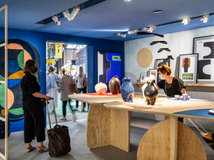

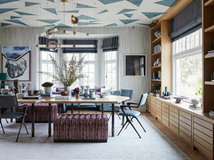


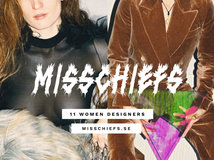

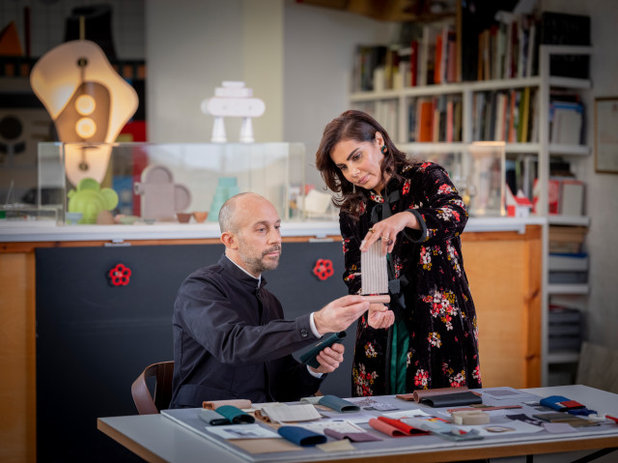
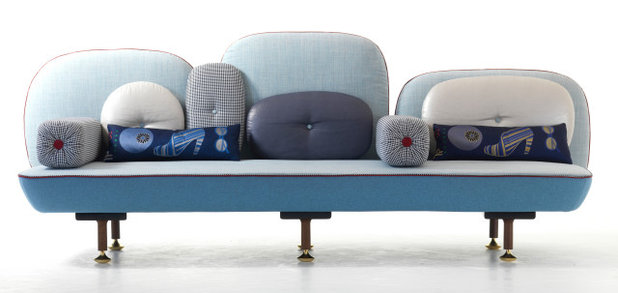
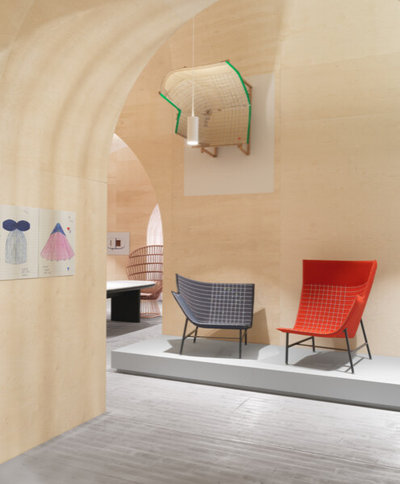
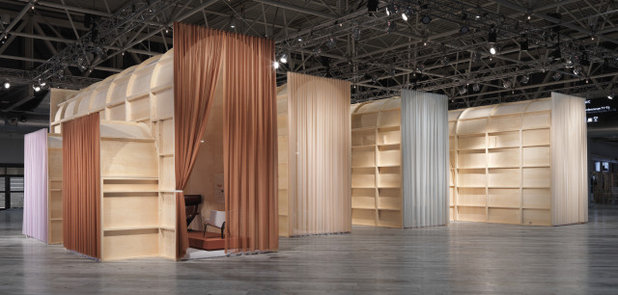
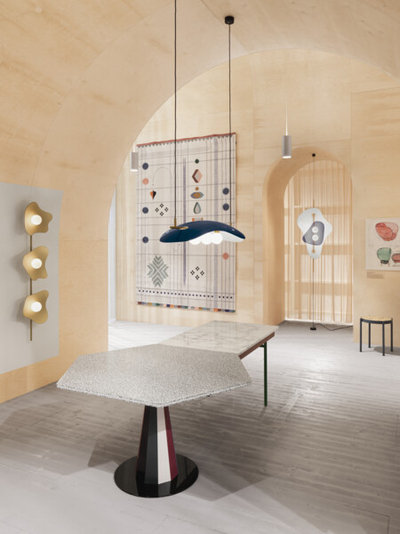
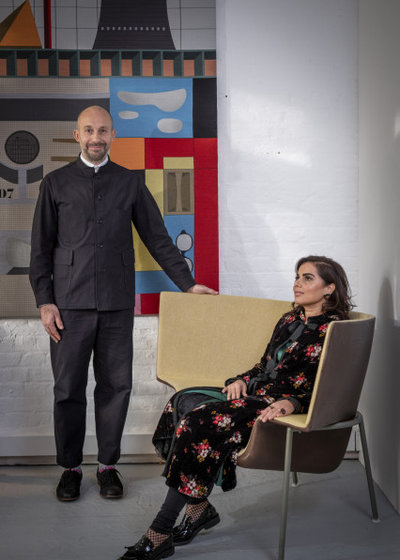
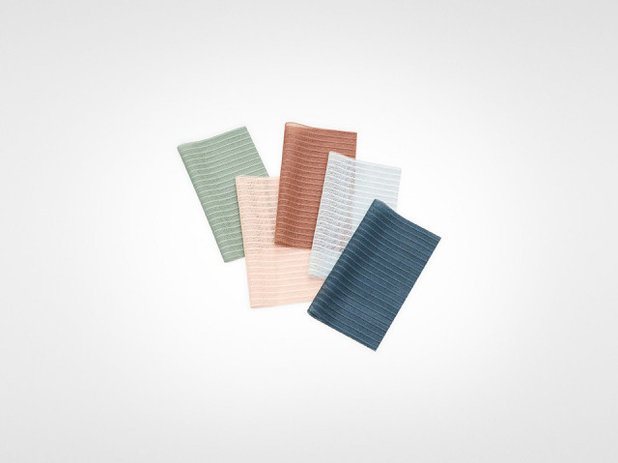

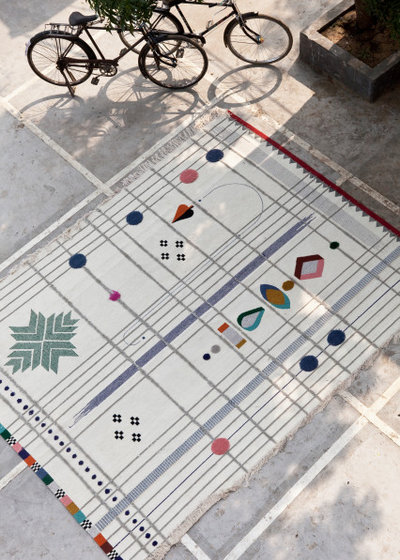

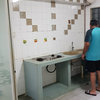
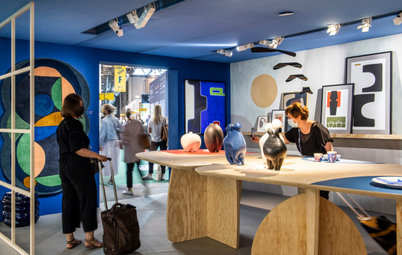
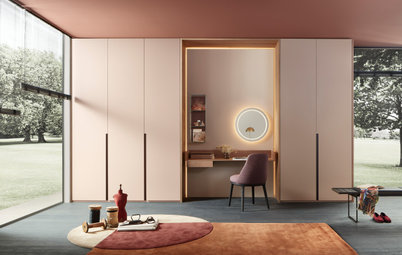
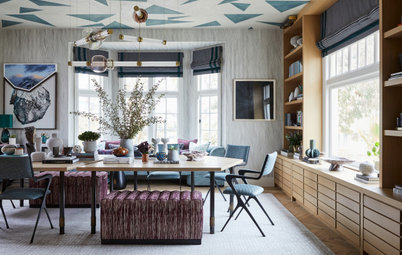
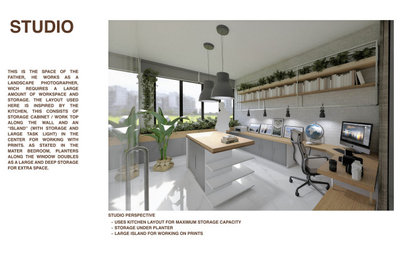
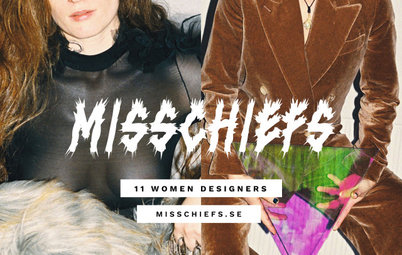
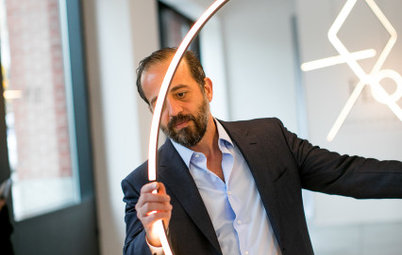
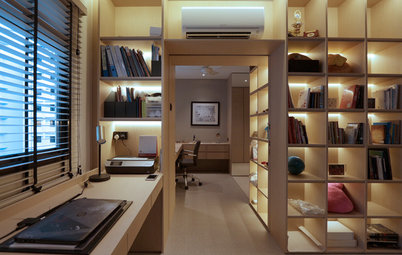
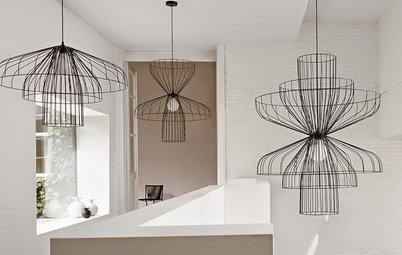
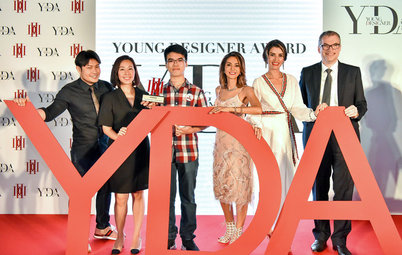
A very good idea to learn more about two of the most famous contemporary design couples!